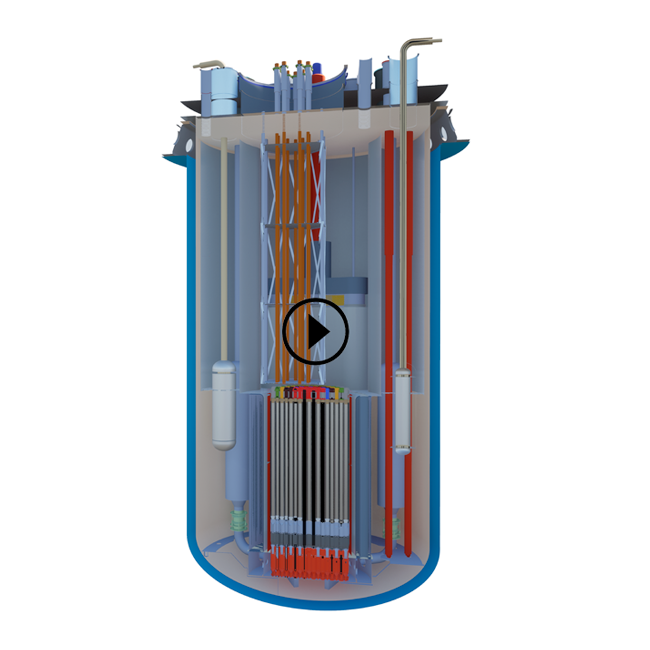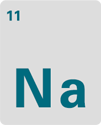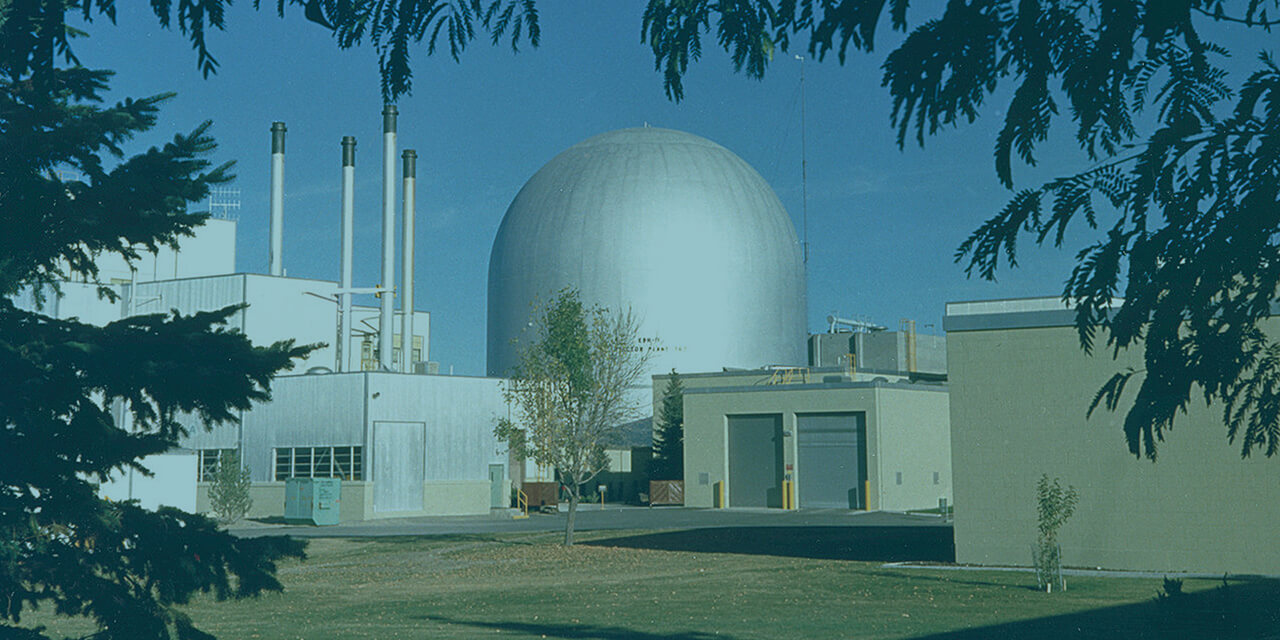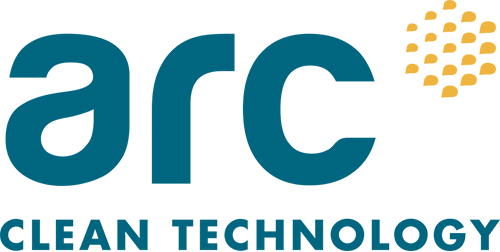
The ARC-100 offers
100 megawatts
of electricity,
enough to support
75,000
households.
ARC - 100
key features

Sodium as Coolant
The use of sodium instead of water as the coolant allows the reactor to operate at lower pressures, improving the efficiency and safety of the system.

Waste Recycling
When the process is approved by regulatory bodies, the ARC-100 will have the capability to consume its own recycled spent fuel limiting the amount and hazard life of fuel waste.

Small Size
The total plant size is less than a city block and its modularized components can be shipped and installed at the site using regular commercial equipment, such as barges, rail, trucks, and construction cranes.

Passive Safety
With a system that is "walk away" fail safe, the ARC-100 does not depend on extra pumps or operator intervention in the event electric power to the plant is disrupted.

Twenty Year Refueling Cycle
The proprietary core of the ARC-100 is designed to operate for 20+ years without refueling.

Metal Fuel
The ARC-100 uses a metallic uranium alloy fuel, which is much simpler and cheaper to fabricate than oxide fuel with exceptional heat transfer characteristics.
A simple, inherently safe design, operating at atmospheric pressure, yields lower plant cost.

Leveraging
Proven Technology
Experimental Breeder Reactor-II (EBR II)
The EBR-II was a sodium-cooled fast-reactor developed by the US government’s Argonne National Labs, successfully supplying energy to the grid for thirty years in Idaho. As a complete power plant, the reliability of the system was demonstrated, and sodium operating and maintenance technology was established. The EBR-II demonstrated inherent safety, metal fuel fabrication, load following and waste recycling.
ARC-100 Technical Features
- Sodium-cooled fast reactor
- 286 MWt, 100 MWe
- Outlet temperature: 510⁰C
- Metallic uranium alloy fuel
- Long 20-year fuel cycle / 60 year life
- Low pressure pool-type reactor
- Inherent safety performance
- No need for emergency generators
- Superheated steam cycle
Expert from Pandora's Promise documentary directed by Robert Stone

